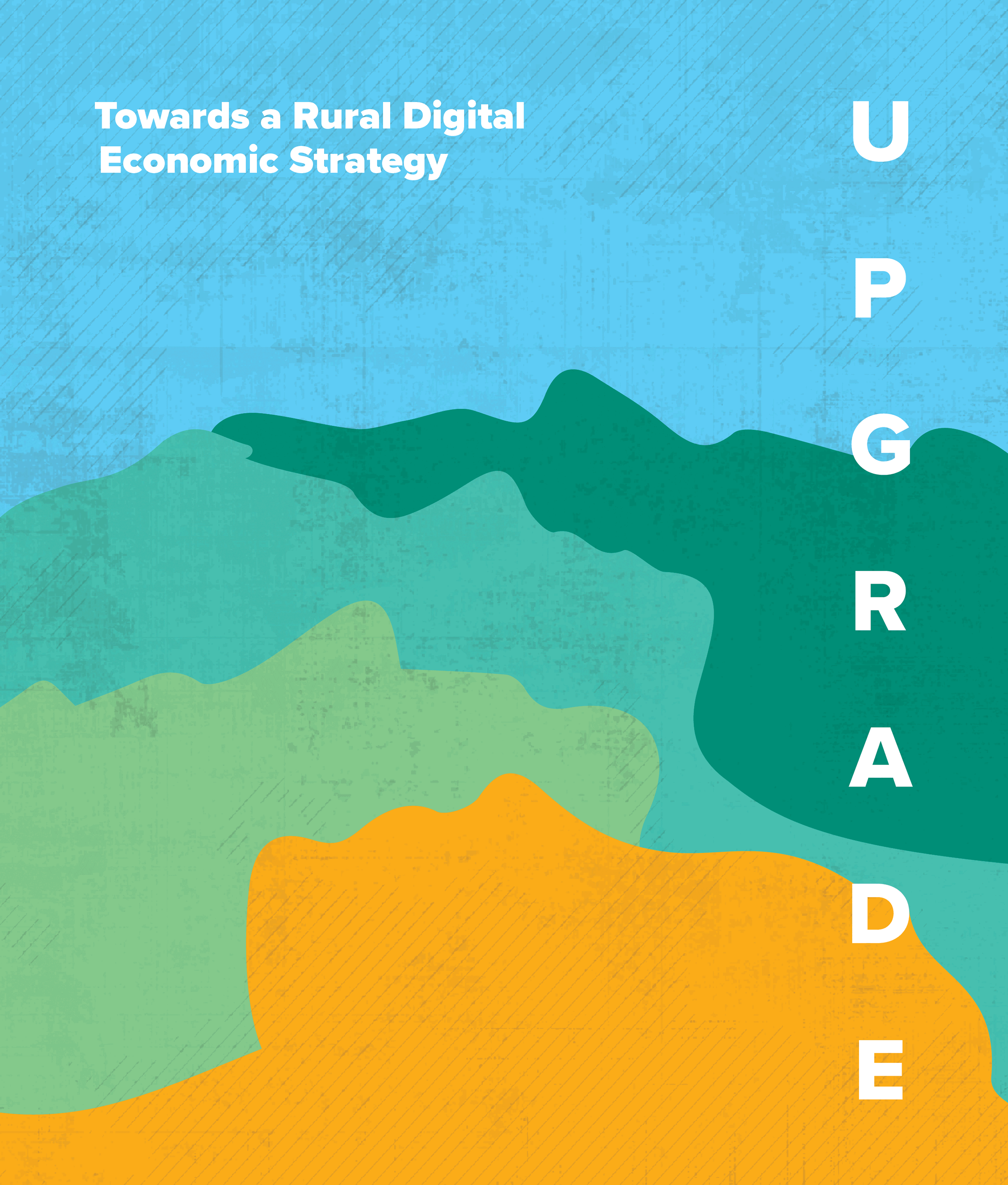Authors: Janet Lane and Sarah Pittman
Executive Summary
Access to broadband infrastructure, and the equipment and skills to use the Internet to full advantage, are becoming increasingly critical to economic success. This is true everywhere. However, taking definitive action to improve access to digital technologies and the associated benefits in rural and remote areas of Canada, will have huge impact on rural economic development, including for Indigenous communities. Governments at all levels must implement strategies to ensure that Canadians living outside urban centres are able to use digital technology and through it are better served by governments, have increased means of communication, and are able to take part in the increasingly digitalized economy and its associated improved quality of life.
Chronic underfunding of Indigenous communities contributes to the lack of broadband infrastructure in these communities, but a lack of adequate infrastructure is also found in other rural areas. The federal government has committed to completing the pan-Canadian broadband network by 2030, although, especially throughout the pandemic, it has become increasingly obvious that this work cannot be allowed to take that long and must be the first objective of a rural economic digital strategy.


Taking advantage of improved access to high-speed Internet requires at least a basic level of digital skills. Canada’s rural adult education systems can respond to the second objective of any such strategy: building these skills in rural residents.
To develop their strategy further, governments can draw on the experience of other jurisdictions that have already developed strategies designed to improve either rural economic capacity or the digital economy. Some learnings include:
• Community competency profiles can be used to capture an inventory of skills, including digital skills, identify skill gaps, and link communities and individuals to employers and training.
• “Opportunity zones” are surfacing local assets and uncovering investment opportunities (which could include patent activity, investment scores, and number of people with STEM degrees).
• Some First Nations communities, with support and funding from, and cooperation with, the federal and provincial governments manage their own broadband infrastructure and the services it enables.
• Rural innovation centres can deliver effective responses if they are geared to the size of the communities. Training, support of digital entrepreneurs, mapping where digital activity is – and isn’t – and assistance with job placement are all helping rural communities become more engaged in the digital economy.
• Governments can jump start digitalization beginning with their own operations.
• A community should focus on what the community needs overall, build on its strengths in the digital sphere and also look at weaknesses and potential barriers to implementation.
• Cottage industries are an option: With the right equipment and training, rural and remote Canadians can work out of their homes as employees of companies which hire for a variety of digital jobs.
Based on our review of various economic and digital strategies from across Canada and the world, recommendations include:
• Any digital economic strategy should be developed with support from all levels of government.
• Provinces should lay the groundwork for local communities to engage in developing their own digital economic strategies and be prepared to offer assistance at every step of the process.
• Local goals and strategies need to be determined at the local level
Goals of local digital strategies will vary in response to three stages of community readiness. While some communities may be ready to incorporate all of these strategies, others may choose to work on them sequentially starting with better communication and access to government services at all levels; improve quality of life; and increase economic development.
• Governments at all levels examine the regulatory implications of any proposed activities associated with digital strategy goals and make appropriate changes to enable the activities to be successful.
Read the full report in the pdf below.
